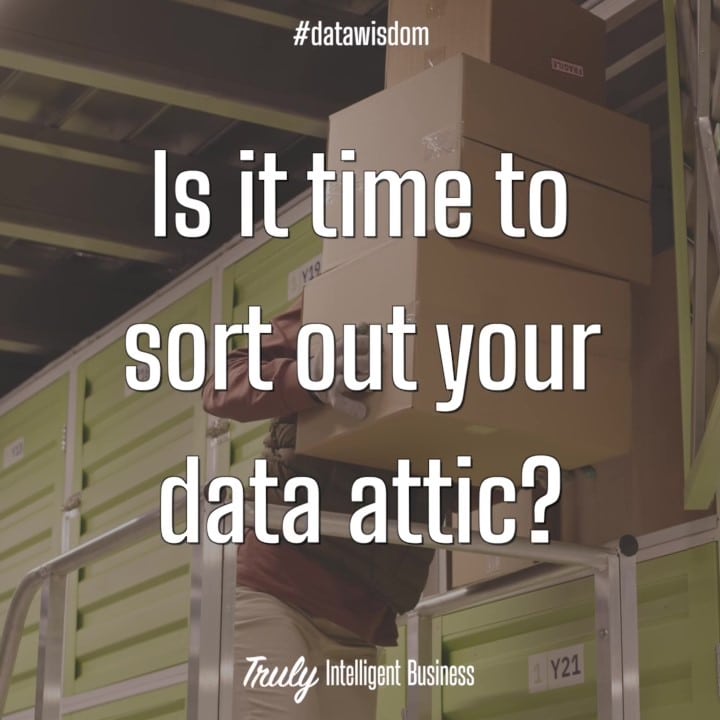Clearing out your data attic
How to discover and prioritise your business’s most important data.
The first step to becoming data-driven is to get the business’s most important data under control. Of course, that’s easier said than done when the business’s current data landscape resembles a vast and cluttered attic filled with boxes full of things long forgotten.
Where do you even begin?
To discover your most important data, you need to first know exactly what data the business has. Do a stock take of all the data you have and from this compile a data catalogue. In our attic example, this process is analogous to going through every box and creating an inventory of all the objects.
Data is important if you use it. Reflect on the different ways that the business uses data: to learn from it; to work better through it; and to sell it. Building data use cases behind these business processes and then analysing the high-level data journey through source, acquire, persist, and usage will uncover each data object essential to the integration and execution of that use case.
These data objects behind business use cases are key data objects. The business relies on the integrity of this data and therefore data governance and operations activities must prioritise maintaining data quality to the required standards defined for these key data objects.
You may be wondering what happens to all of the rest of the data. Are we, to extend our attic clearing metaphor, calling for all the rest of the data to go to the dump?
No, a business may have many reasons for keeping hold of data that isn’t currently useful to it. However, before stuffing this data back into boxes and shoving it back into the virtual loft, take a closer look…
If any of that data is subject to either internal or external regulation or is supplied from or supplied to a third party, those data objects are also key data objects. You can’t leave these data objects to fester in the attic as they can pose risks to the business. Make the decision to either get rid of them, or prioritise them in data governance and operations as much as the key data objects underpinning business use cases.
There you have it- key data objects identified and the attic cleared out!
Have you cleared out every corner of your data attic?
For more insights and data wisdom follow us on LinkedIn.





0 Comments